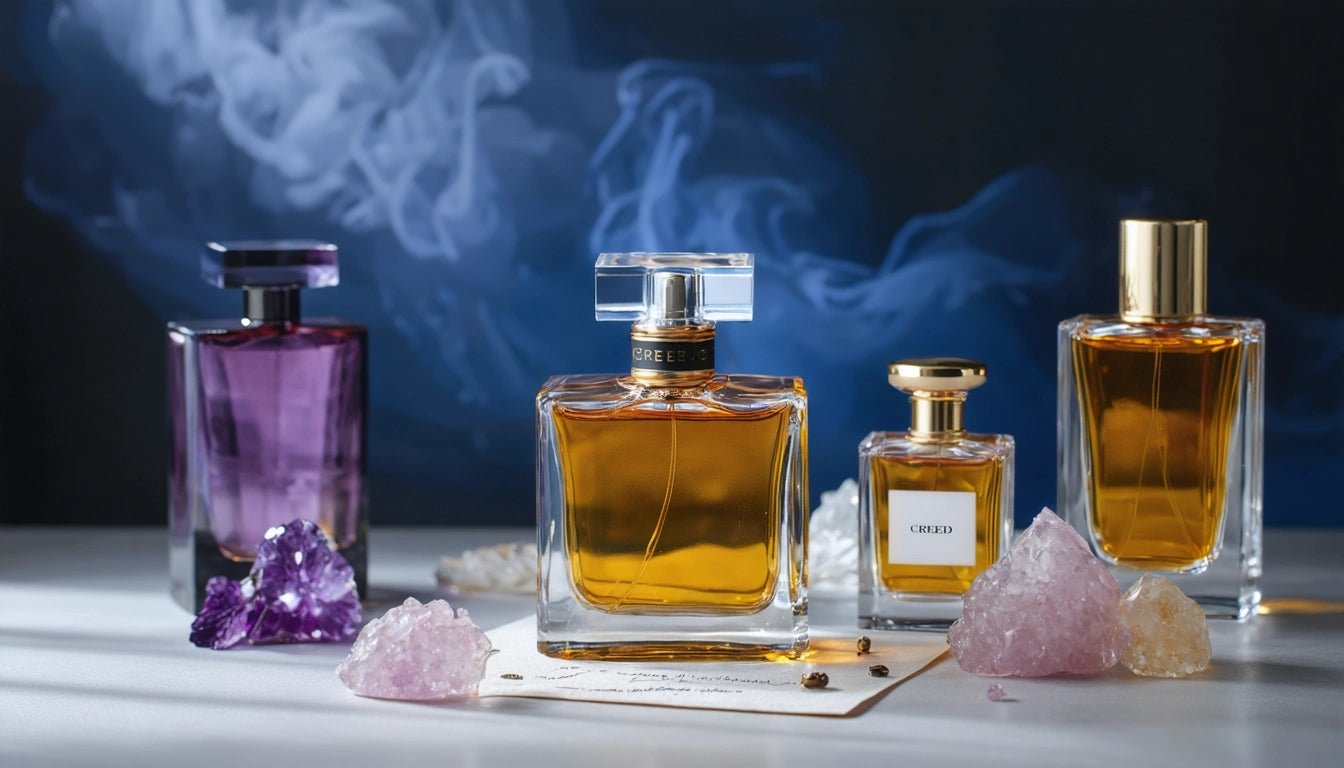- Rare Ingredients and Sourcing: The Foundation of Luxury Scents
- Artisanal Craftsmanship: The Human Element of Perfumery
- Brand Prestige and Heritage: Paying for History
- Packaging and Presentation: The Visual Luxury Experience
- Marketing and Celebrity Endorsements: The Visibility Factor
- Luxury Fragrance Market Evolution: Where Value Meets Price
Why Are Luxury Perfumes So Expensive?
Luxury perfumes command prices that often leave consumers wondering what justifies their cost. When examining why fragrances like Creed Aventus ($435 for 100ml) or Tom Ford's Private Blend collection ($390 for 50ml) are so expensive, several factors come into play beyond simple production costs. Understanding these elements helps explain the significant price gap between designer fragrances and drugstore alternatives.
Rare Ingredients and Sourcing: The Foundation of Luxury Scents
The most obvious factor in luxury perfume pricing is the quality and rarity of ingredients. Many high-end fragrances contain components that are difficult to source or harvest:
- Bulgarian rose oil can cost upwards of $2,500 per pound
- Real ambergris (from sperm whales) may command $10,000 per pound
- Orris root must age for 3-5 years before processing
- Oud (agarwood) can cost more than gold by weight
As detailed in this guide to perfume pricing, the concentration of these ingredients also affects cost. Pure parfum contains 20-30% fragrance oils, while eau de toilette contains only 5-15%, explaining part of the price differential.
Artisanal Craftsmanship: The Human Element of Perfumery
Luxury houses employ master perfumers ("noses") who train for decades to develop their craft. These artisans command high salaries and often spend years perfecting a single formula.
For example, the creation of Creed perfumes remains a family affair with techniques passed down through generations since 1760. When considering why Creed perfume is so expensive, this artisanal approach is central to their value proposition. Each batch undergoes extensive quality control and aging processes that mass-market fragrances simply cannot match.
Brand Prestige and Heritage: Paying for History
Heritage and exclusivity significantly impact why perfume is so expensive from certain houses. Brands like Creed, Guerlain, and Clive Christian have centuries of history that become part of what consumers purchase.
According to this luxury fragrance guide, many consumers are willing to pay premium prices for the story and prestige associated with historic perfume houses. This heritage creates perceived value beyond the liquid in the bottle.
Packaging and Presentation: The Visual Luxury Experience
Luxury perfume bottles often represent significant engineering and design investment. Tom Ford's distinctive packaging, for instance, features heavy glass bottles, metal plates, and handcrafted elements.
Beyond aesthetics, safety regulations also impact packaging costs. As explained in consumer product safety guidelines, certain products require specialized packaging features to prevent accidents, particularly with children. While perfumes typically don't require child-resistant packaging, the same attention to safety and quality standards applies to luxury cosmetic products.
These premium packaging elements contribute significantly to why Tom Ford perfume is so expensive, with some bottles becoming collectibles in their own right.
Marketing and Celebrity Endorsements: The Visibility Factor
The marketing budget for luxury fragrances can be enormous. Campaigns featuring A-list celebrities, elaborate photoshoots, and prime advertising placements all factor into the final retail price.
Celebrity fragrances represent a unique category where the famous name itself becomes part of the value proposition. As detailed in this celebrity fragrance guide, these scents may not always contain the most expensive ingredients but command premium prices based on the associated personality.
Luxury Fragrance Market Evolution: Where Value Meets Price
The luxury fragrance market continues to evolve, with niche perfumeries challenging traditional houses. These boutique brands often emphasize unique scent profiles and sustainable sourcing over mass marketing, creating new definitions of luxury.
For the discerning consumer wondering why fragrances are so expensive, understanding these factors helps evaluate whether a particular perfume justifies its price tag. The true value lies in the combination of artistry, ingredients, presentation, and the emotional connection a fragrance creates.
When exploring options across price points, resources like comprehensive perfume guides can help identify fragrances that deliver quality experiences at various investment levels. Ultimately, while luxury perfumes command premium prices, their value extends beyond the liquid itself to encompass centuries of artistry and the intangible experience of wearing something truly exceptional.



















